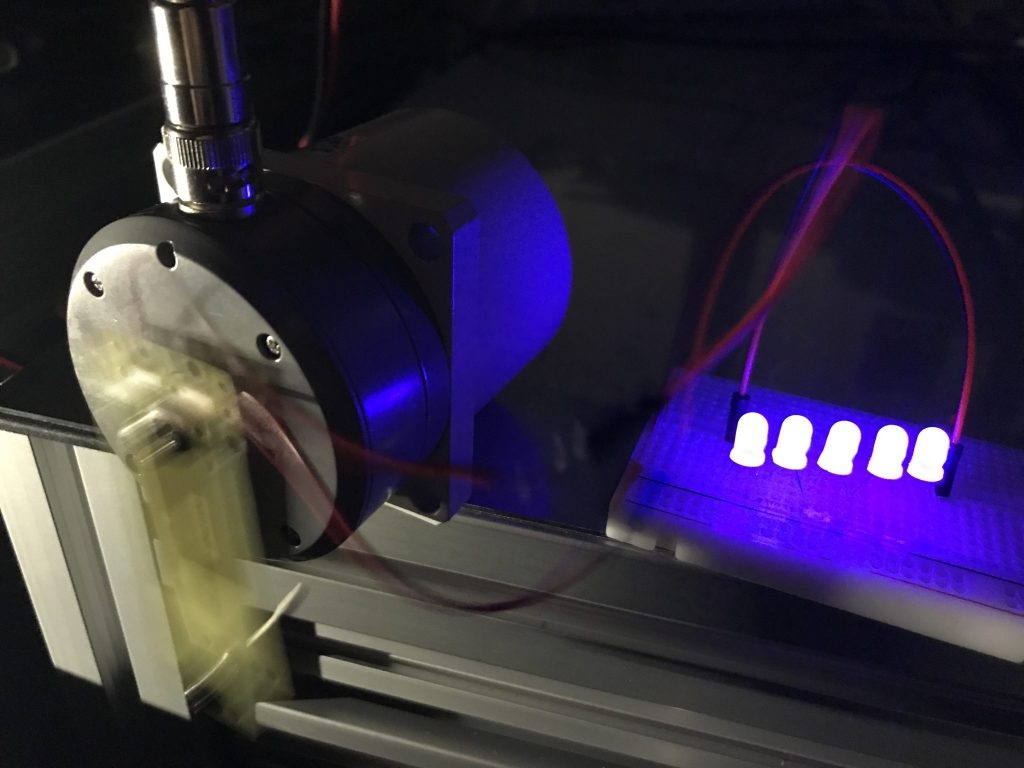We are all familiar with the use of solar and wind power to generate electricity. But did you know that ambient light, heat, vibrations, electromagnetic waves, body heat, movements, etc., can be used to generate electricity?
The process of “energy harvesting” uses technology to gradually accumulate energy from the surrounding environment and turn it into electricity.
The benefits of energy harvesting is that it provides usable electricity without the need for wires or batteries.
For example, applying energy harvesting to small, battery-powered sensors, smart phones, wearable devices, etc., provides them with an independent, semipermanent source of power that requires no charging or replacement.
Also, because the energy is collected from a variety of sources, it can be used inside infrastructure which is unable to use solar cells, like tunnels and bridges, and in electrical equipment under the sea, in outer space and in other such environments.
Other, anticipated uses of this technology include to provide power to security systems, which need to operate 24 hours a day, to provide power in the medical and nursing care industries, and to help keep power consumption down.
The Nakajima Laboratory in the Faculty of Science Division I Department of Applied Physics are researching a variety of energy harvesting applications.

In the future, it is expected that society will come to encompass a sensor network comprised of trillions of embedded sensors. In the Nakajima Laboratory, researchers are developing novel piezoelectric materials capable of deriving electricity from vibrations and novel thermoelectric materials capable of deriving electricity from heat. Particular focus is being placed on flexible polymers and Nanocarbon materials which can be bent, worn on the body, and fabricated for a wide surface area in order to perform energy harvesting. Although the amount of derived electricity is still small, collaboration among a variety of fields, including theoretical physics, mechatronics and electronics, is being undertaken in order increase sensor data information transmission distance and volume.
The demand for energy harvesting looks to keep rising as more and more devices are connected together in the communication network that is the “Internet of Things” (IoT). If energy harvesting can be used to provide a reliable source of energy for the many sensors in the IoT network, this will undoubtedly ensure that a regular, stable sensor network can be established.
And, looking even further ahead, energy harvesting will also play a helpful role in the creation of a sustainable society which utilizes resilient equipment and infrastructure which is capable of being easily restored even after disasters and which is powered by clean, sustainable energy.
■ Main research content